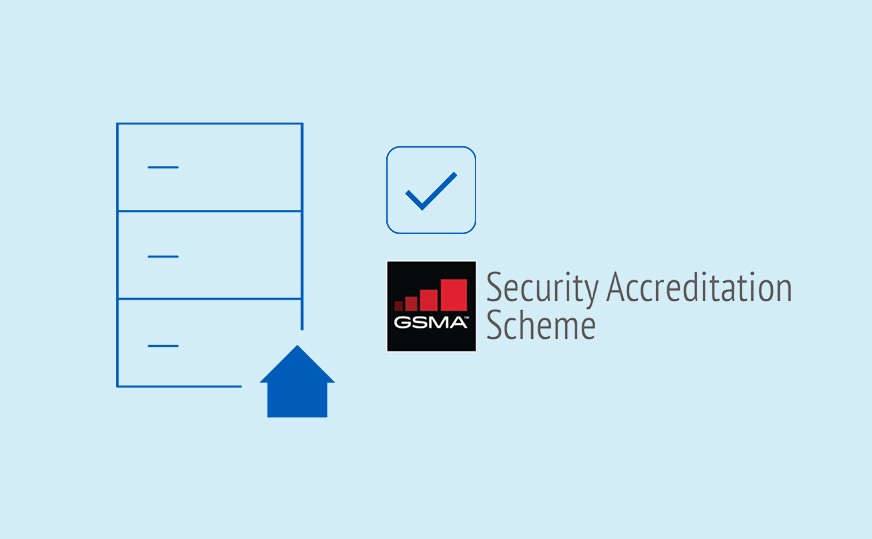Traditionally, there were two hosting choices MNOs could use for their eSIM platforms.
As the usage of eSIM devices increases, it becomes more critical for MNOs to prepare accordingly. A recent report from Counterpoint estimates that eSIM devices will surpass 6 billion by 2025 from 1 billion in 2020.
Both cloud and onsite eSIM management have benefits for MNOs, but they also have limitations. MNOs normally choose the option that fits best with their requirements.
Cloud vs onsite hosting for eSIM
Both types of hosting present their own unique advantages and disadvantages, but many MNOs prefer onsite hosting for the more extensive control it provides for MNOs. Because onsite hosting is not scalable without additional investment in hardware and IT personnel for maintenance, however, it can be more expensive and more complicated adjusting an onsite deployment to new demand and increased subscribers.
Onsite hosting
MNOs typically have complex regulatory requirements, including requirements for hosting subscriber data inside the country. With onsite hosting, companies can control every aspect of provisioning, security, subscriber data and service.

Security control
Onsite eSIM management gives MNOs control over the infrastructure’s security, helping to reduce liability risks and protect subscribers.

In-country data
Subscriber data can be hosted onsite and meet regulatory restrictions for that particular location.

Own infrastructure
MNOs can fully own their infrastructure.
When comparing thousands of eSIM subscribers with the millions of SIM card subscriptions MNOs often have, however, the CAPEX investment can be substantial. MNOs have to invest significantly upfront to establish onsite hosting infrastructure before the possibility of seeing returns. Furthermore, the lead time on GSMA auditing for onsite hosting takes approximately one to two years and Security Accreditation Scheme (SAS) approval costs over $100,000. Once the remote SIM provisioning platform is established properly, a team of technical personnel is required to maintain operations.
Cloud hosting and SaaS (Software as a Service)
With eSIM cloud management, MNOs essentially lease access to infrastructure and use it on an as-needed basis, scaling alongside increases in subscribers or network demand. This option requires less upfront investment, provides more flexibility and can be deployed quickly.

Efficient and cost-effective
Hosting via the cloud allows MNOs to control their costs and still benefit from serving eSIM subscribers.

Geo-redundancy
Protect against the risk of an outage by maintaining the ability to quickly add capacity as needed in different regions. If an outage occurs in one location, service can be maintained through secondary infrastructure in other locations.

Deploy quickly
Cloud hosting allows you to rapidly deploy service and quickly add subscribers instead of having to wait for new infrastructure to be completed.
Cloud hosting does have downsides, though – namely, with cloud hosting MNOs do not directly own and control their infrastructure. This limits their ability to guard subscriber data, keep data inside the country, and manage their technology exactly how they see fit.
Onsite Lite: An alternative

Fortunately, there is another option aside from traditional onsite and cloud eSIM management. Onsite lite eSIM management offers the best of both worlds for MNOs.
There’s another option for MNOs. Workz offers a hosting solution that brings in-country hosting, fast deployment, cost effectiveness and control of the platform together. Onsite Lite allows MNOs to gain the best of both worlds by combining local hosting options, turnkey functionality, and single platform management:
- Fast-track SAS certification: A six-to-twelve-month fast-track SAS certification is available for MNOs. With options for traditional cloud and onsite, Workz also enables MNOs to host their subscriber data in-country with Workz GSMA SAS certification.
- Provided infrastructure and remote SIM provisioning platform: Workz offers a platform, support, maintenance, and remote provisioning to MNOs as an all-in-one provider.
- Global sites offering geo-redundancy: Benefit from redundant sites in Dubai, Paris, and Virginia, USA that are all SAS accredited.


